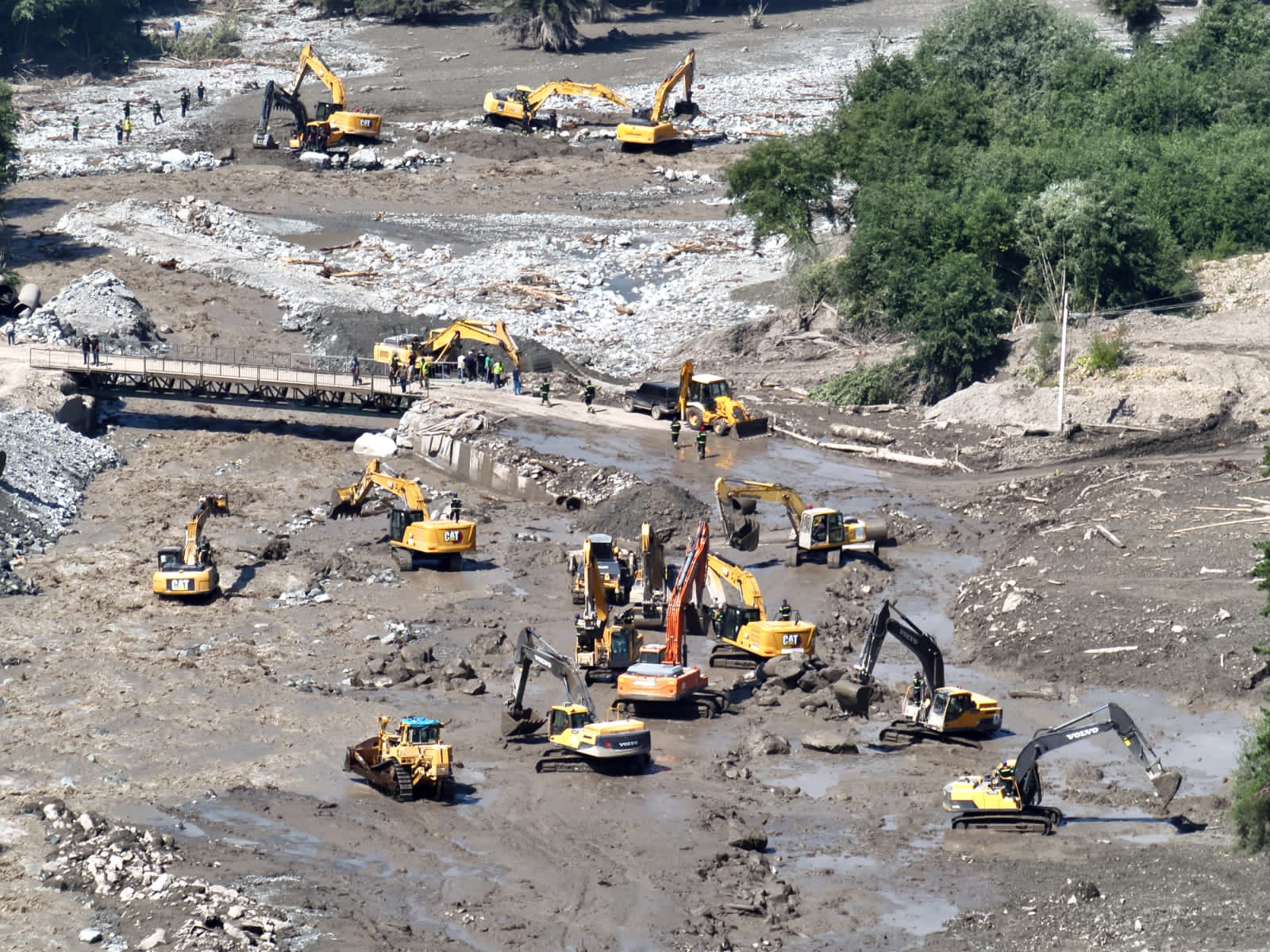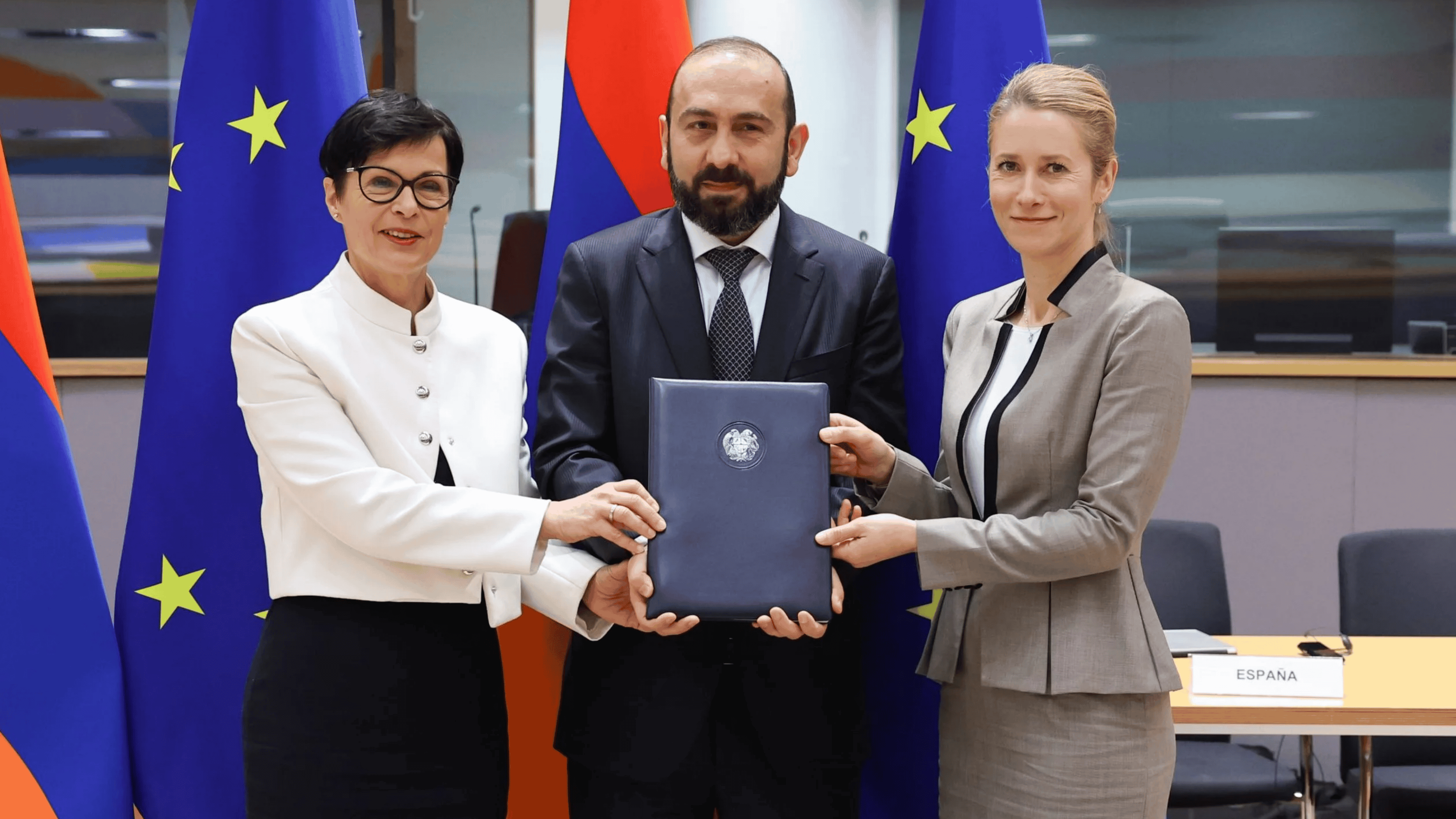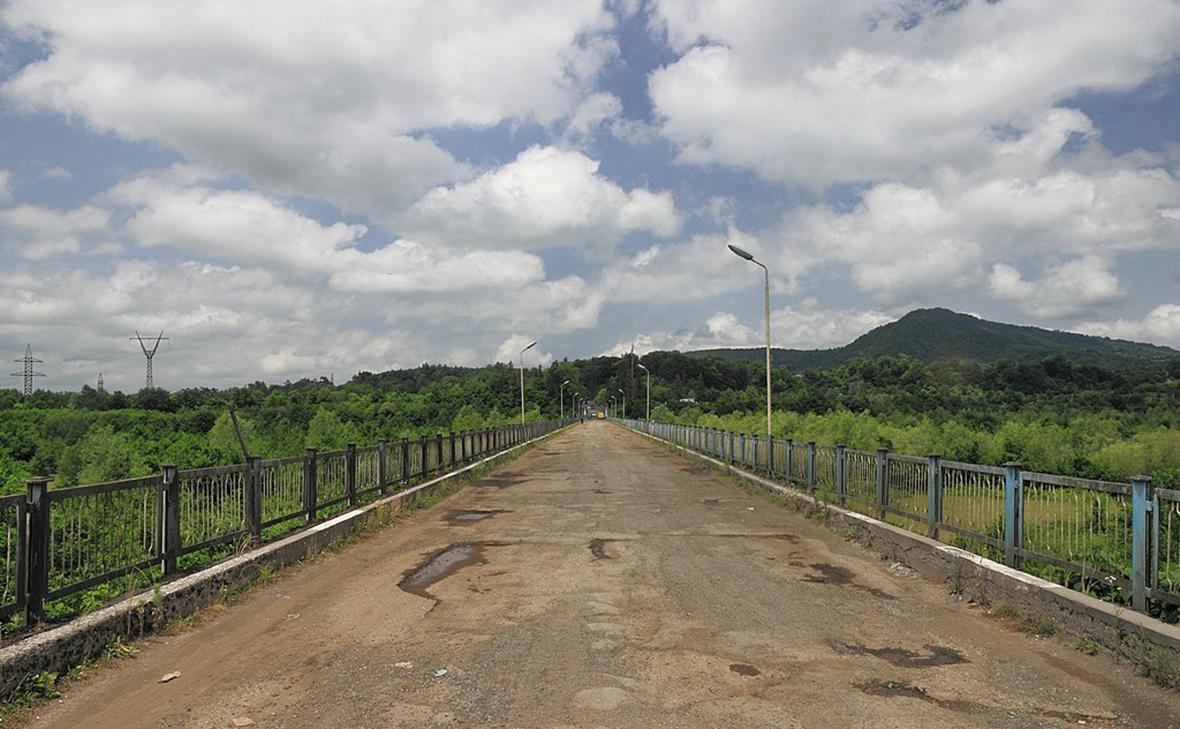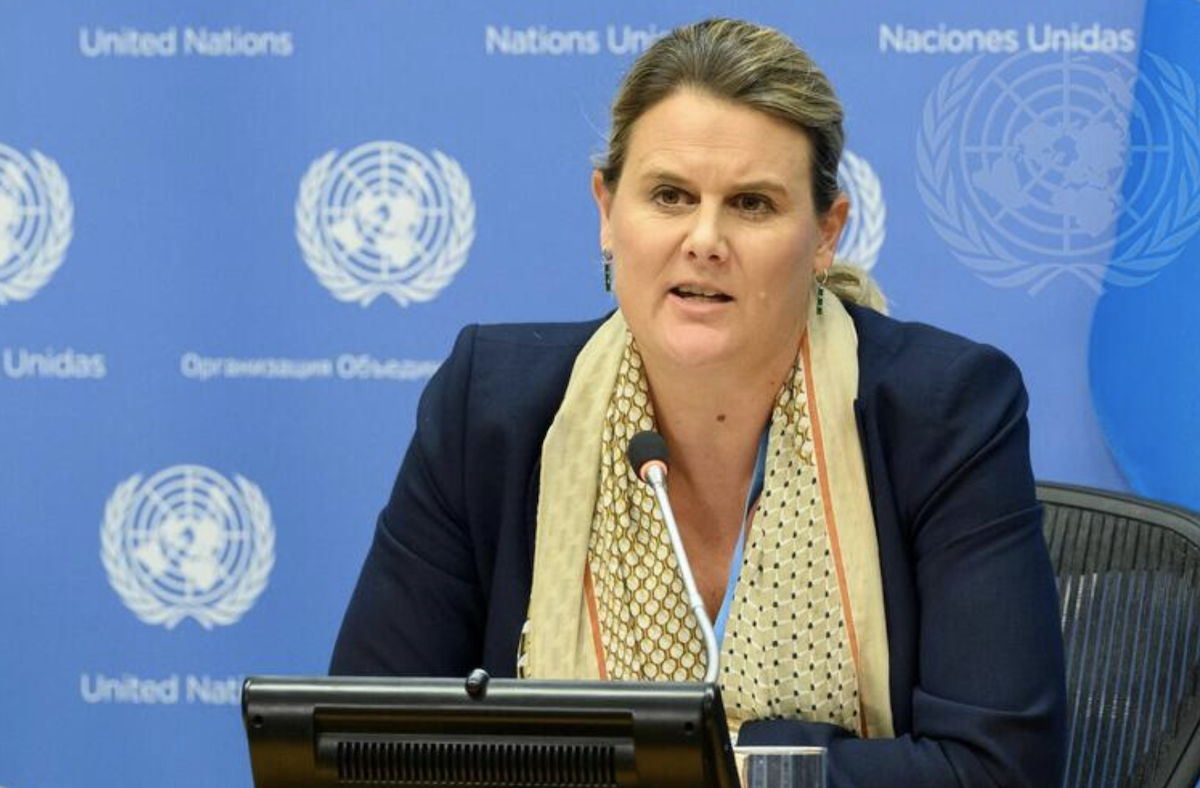Nighttime helicopter inactivity explained - first statement from Georgian Interior Minister since Shovi tragedy
Interior Minister on the tragedy in Shovi
On August 13, Georgian Interior Minister Vakhtang Gomelauri visited the disaster site in the mountain resort of Shovi, where a massive landslide occurred on August 3. As of now, 24 bodies have been recovered and identified, while the search continues for nine missing individuals.
The minister clarified that he had been in Turkey tending to his seriously ill father during these days, and then addressed queries from journalists.
He reaffirmed the earlier information, stating that search and rescue teams have combed through 60% of the area in quest of the deceased. The search perimeter has been notably expanded, with 18 rescue teams dispatched to locations as far as 54 kilometers away from Shovi.

The central query remains: why were the rescue helicopters inactive during the nighttime hours? Does this imply that they lack specialized night vision equipment?
“We possess the necessary equipment for nocturnal flights; we have procured it, and we are capable of flying at night. I’ve reiterated this numerous times. However, conducting flights during the night entails substantial risks. If there isn’t an immediate peril to human life at that exact moment, pilots must not expose themselves to unnecessary hazards; this is unacceptable,” the minister affirmed.
“People were awaiting evacuation on the mountainside in a secure location. Those well-versed in aviation comprehend that, even with night flight capabilities, venturing into this region—a valley amidst mountains—entails considerable risks. The prospect of a helicopter mishap is real,” elucidated the minister regarding the suspension of the rescue operation on the initial night of the Shovi disaster.
A helicopter with rescue personnel reached the landslide site a mere three hours later, a delay that continues to draw severe criticism from the public. Nonetheless, the minister has explained that an alternative approach was unfeasible:
“A helicopter is not akin to a bicycle or an automobile, where you can instantaneously mount and set off. Helicopters demand preparation before taking flight. Furthermore, the inclement weather posed significant challenges; we monitored cloud movements for nearly two hours before commencing the flight into the valley.
Nevertheless, the helicopter undertook the journey, evacuating 70 individuals from the isolated area to safety.
We also dispatched police officers, who stayed with the people overnight, providing sustenance and water. By nightfall, the location was secure. Consequently, to avert any undue risk to the pilots, it was decided to not proceed further, and the remaining individuals were evacuated the subsequent day.”
The minister revealed that Georgia presently possesses six rescue helicopters. The state has procured an additional three new helicopters from France, with the initial one slated for delivery in March 2024, and the remaining two expected by the close of the subsequent year.
“Subsequently, pilot training and retraining will be essential,” Gomelauri emphasized.
- Aftermath of the destruction of Kakhovskaya hydroelectric power station
- Survivors of Armenia’s 1988 earthquake tell their stories 34 years later
- “Let’s pray for the villages to survive. But it won’t be without investment” – three stories from Georgia, Armenia and Azerbaijan
The second pivotal question pertains to the absence of a landslide warning system.
“Regardless of the measures we implement, nature’s fury can still unleash within mere moments. Ours is a nation nestled in the embrace of the Caucasus Mountains. Were we to adopt the approach of precluding natural disasters, it would mandate the eviction of thousands of families, beginning from Lagodekhi, Kvareli, and extending to Kazbegi.
Tragic incidents can materialize anywhere; regrettably, evasion remains impossible.
Consider the unfortunate scenario in Hawaii, where 100 people perished, and hundreds remain unaccounted for. This transpired in America, a considerably more formidable nation than ours. They boast superior helicopters, advanced aviation facilities, yet they encountered such a plight. Nature has its inexorable course; it’s a grievous and colossal calamity,” he expressed.
As per assessments by the National Environment Agency, on August 3, 2023, a massive rock formation collapsed onto a glacier within the mountainous Racha region. Subsequently, it’s posited that the glacial ice above potentially fractured under the burden of submerged waters.
Multiple geological and hydrometeorological factors converged, culminating in an abrupt natural disaster. The resultant swift mudflow surged at considerable speed, scouring the base of the inclines on both sides of the Bubistskali riverbed while appending extra landslide components.
Contrary to widespread accounts, the notion that the water in the river valley experienced stagnation immediately prior to the calamity could not be substantiated.
The report underscores the role of climate alteration in inciting the landslide phenomena. Escalating air temperatures have fueled an accelerated glacier melt and an upsurge in precipitation levels.
According to the National Environment Agency, there is currently no imminent threat in the region.



















